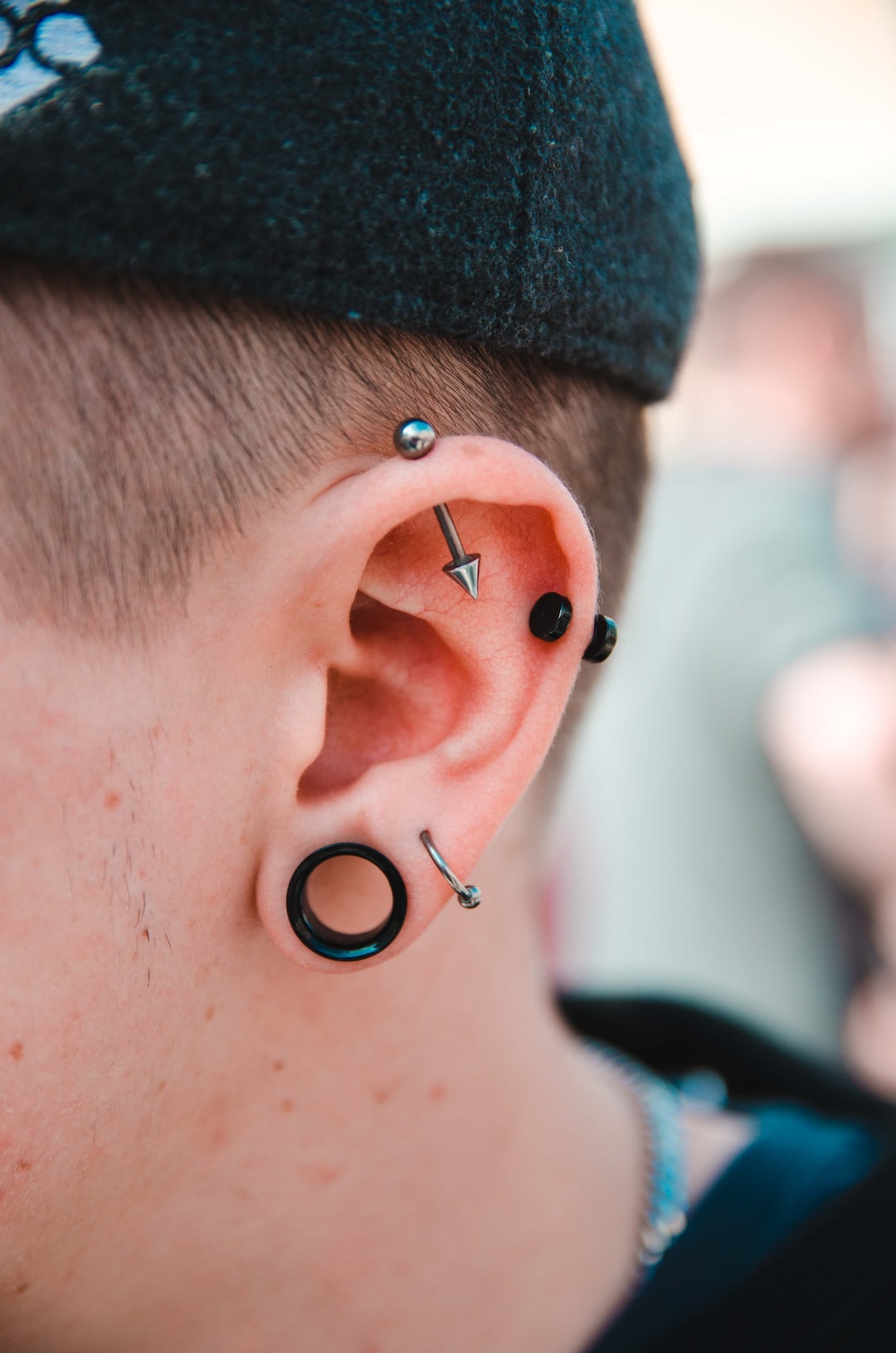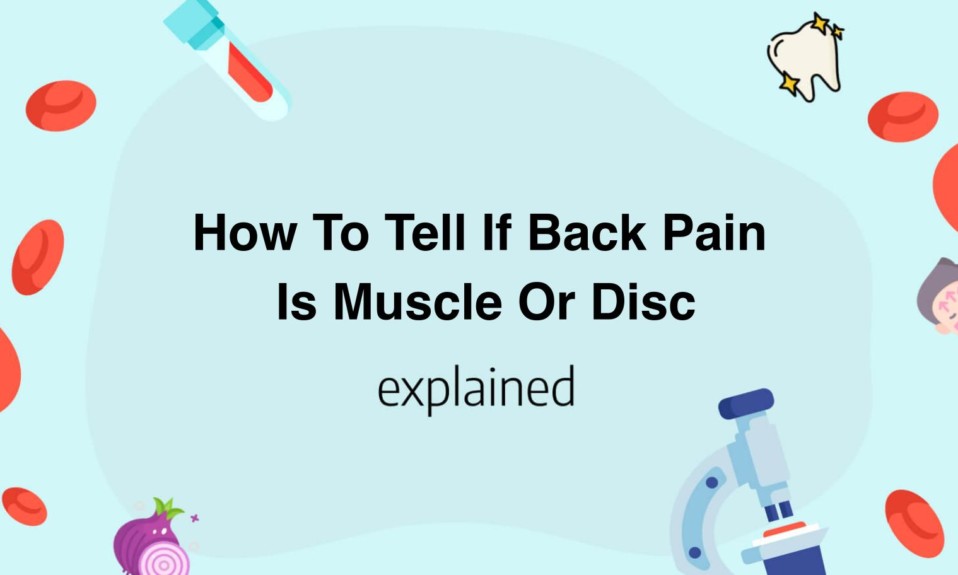If you are considering getting a cheek piercing, there are a few things you should know before taking the plunge.
From the procedure itself to aftercare and possible risks, this guide will provide you with everything you need to know about cheek piercing.
Keep reading to discover whether it’s the right choice for you and how to ensure a safe and successful experience.
Benefits of Cheek Piercing for Self-Expression
Cheek piercing is a form of body modification that has gained popularity in recent times.
One of the main benefits of getting a cheek piercing is for self-expression.
Body modifications are a way of expressing individuality and freedom.
Piercings, tattoos, and other body modifications have been practiced for centuries, and each culture has its own unique way of expressing themselves.
Cheek piercings are just another way of enhancing one’s beauty and self-expression.
Some people choose to get cheek piercings as an act of rebellion, while others get them solely for aesthetic purposes.
Whatever the reason, they allow people to express themselves without judgment.
They are especially appealing to those who may feel like outsiders and want to give themselves a voice.
Cheek piercings can take on many different forms and styles, from simple studs to more intricate and elaborate designs.
They can be worn on either one or both sides of the face, or even in multiples.
The placement and style of the piercing can say a lot about a person’s personality and style.
Another benefit of cheek piercings is the variety of jewelry that can be worn with them.
Dainty studs, hoops, and dangling jewelry can all bring out different qualities in the wearer.
They can add a pop of color or sparkle to any outfit and can be changed to match different moods or occasions.
In terms of care, cheek piercings require regular cleaning to avoid infection.
They can take several weeks to heal fully, and proper care during this time is essential.
Following the aftercare instructions provided by the piercer is crucial to avoid complications.
To sum up, cheek piercing can be a unique form of self-expression that allows individuals to convey their personalities and style.
The individuality and freedom expressed by cheek piercing make people feel confident and empowered.
The wide range of jewelry options and styles available make them extremely versatile for any occasion.
Risks Associated with Cheek Piercing
Cheek piercing, also known as dimple piercing, involves making a small hole in the cheek to insert a piece of jewelry.
While it may seem like a harmless fashion statement, cheek piercing poses various risks.
Firstly, the puncture site can become infected.
The mouth harbors various bacteria, and a piercing can introduce new bacteria to the area.
If left untreated, an infection can lead to abscesses or cellulitis, which can spread to other parts of the face, causing extreme pain and swelling.
Secondly, the jewelry can become embedded in the tissue, causing scarring or disfigurement.
This happens when the jewelry migrates into the cheek tissue, making it impossible to remove without surgery.
Thirdly, cheek piercing can cause nerve damage.
The facial nerves are located just beneath the skin’s surface, and a misplaced puncture can damage them, causing numbness or a tingling sensation.
In rare cases, nerve damage can cause paralysis or loss of sensation in the face.
To avoid these risks, it is vital to choose a reputable piercing studio and an experienced piercer.
Make sure the equipment used is sterile and the piercer uses gloves and disinfectants during the procedure.
Aftercare is equally important, and you should follow the studio’s instructions explicitly.
This includes cleaning the area with saltwater solutions and avoiding touching the piercing or changing the jewelry until it has fully healed.
It’s also essential to stay away from swimming pools, hot tubs, and other sources of bacteria contamination during the healing process.
In conclusion, while cheek piercing may be a trendy fashion statement, it is not without risks.
From infection to nerve damage, the consequences of a poorly done cheek piercing can be severe and long-lasting.
To avoid complications, it’s best to choose a reputable piercer and follow aftercare instructions carefully.
Remember that your health and safety should always come first, even when making a fashion statement.

Types of Cheek Piercing Jewelry: Pros and Cons
Cheek piercing jewelry is a great way to add a unique touch to your look.
There are several types of jewelry available that can be used for this purpose.
Let’s take a closer look at some of the pros and cons of each type.
- Labret Studs:
One of the most popular types of cheek piercing jewelry is labret studs.These are straight barbells that feature a bead or gemstone on one end and a flat disc on the other.
- Captive Bead Rings:
Another type of jewelry that can be used for cheek piercings is captive bead rings.These are circular hoops that feature a bead or ball that is held in place by tension.
- Micro Barbells:
Micro barbells are perfect for those who want a more subtle look for their cheek piercings.These are small straight barbells that feature a ball or gemstone on each end.
One of the major pros of using labret studs is that they are versatile and can be worn with different styles of clothing.
They also come in a variety of materials such as titanium, gold, and stainless steel.
The only drawback of using labret studs is that they can sometimes cause gum recession if not placed correctly.
One of the major pros of using captive bead rings is that they are easy to insert and remove.
They are also available in various materials such as gold, titanium, and surgical steel.
However, the bead can sometimes come loose or fall out, which may result in discomfort or loss of the jewelry.
One of the major pros of using micro barbells is that they can give the wearer a discreet and elegant look.
They are also available in different materials such as gold, titanium, and stainless steel.
The only drawback of using micro barbells is that they can be challenging to insert and remove.
In conclusion, cheek piercing jewelry comes in various styles, materials and it is important to weigh the pros and cons of each type before making a purchase.
Remember that different types of jewelry suit different personalities, so choose one that is comfortable and works well with your style.
And remember, always consult with an experienced piercer before getting a piercing to ensure a comfortable and safe experience.
Read also: How to Get Rid of Heartburn Easily
What to Expect During the Cheek Piercing Procedure
During the cheek piercing procedure, individuals can expect a certain level of discomfort and swelling, as well as a healing process that can take several weeks to a few months.
The first step in the process is to choose an experienced and reputable piercer who will use sterile equipment and ensure that the procedure is done safely.
After cleaning the area, the piercer will mark the entry and exit point for the piercings to ensure symmetry.
Before proceeding with the piercing, ensure that the piercer has a thorough understanding of facial anatomy and has performed this procedure before as the face is a sensitive area that may require special attention.
The actual piercing usually involves the use of a hollow needle that is pushed through the cheek of the individual.
This process may cause a sharp sensation that can be painful for some individuals, but swelling and bruising are expected for the next few days.
The swelling can be reduced by using cold compresses and over-the-counter painkillers, but it is important not to touch the area with dirty hands or to sleep on the piercing.
Individuals should expect to modify their diet during the healing process, avoiding hard and chewy foods that can irritate the piercing, and may want to purchase a gentle mouthwash to keep the area clean.
The healing process can take anywhere from six weeks to three months, depending on the individual’s immune system, lifestyle, and how well they adhere to the aftercare routine.
During this time, the individual should avoid swimming in pools or hot tubs, using drugs or alcohol, and changing the jewelry.
The piercing may flare up with occasional redness and discharge, but monitoring these symptoms and continuing with the aftercare routine can help prevent infections.
Overall, a cheek piercing is a unique and fashionable choice, but it requires patience, dedication, and proper research before and after the procedure.
It is important to choose the right piercer, follow the aftercare routine, and monitor any unusual symptoms.
With the proper care, the piercing can heal beautifully and add character and style to an individual’s appearance.
You’ll also like: Tretinoin vs Retinol: Side Effects, Differences
How to Care for Your Cheek Piercing: Cleaning and Aftercare
First and foremost, it is important to clean your cheek piercing daily to prevent infections and promote healing.
Use a saline solution to clean the area – this can either be a store-bought solution or one that you make at home using non-iodized sea salt and distilled water.
Apply the solution to a cotton ball or pad, wipe gently around the piercing, and then rinse with warm water.
Additionally, avoid touching the piercing with dirty hands, as this can introduce bacteria.
Make sure to always clean your hands thoroughly before touching the area.
It’s also important to avoid harsh cleaning agents or makeup products on or around the piercing while it’s healing to prevent irritation.
In terms of aftercare, stick to wearing loose clothing that won’t rub against the piercing.
It’s also important to avoid sleeping on the side of the piercing to prevent pressure on the area.
If you must sleep on that side, try using a travel pillow to keep pressure off of the piercing.
Finally, avoid swimming or submerging the piercing in water until it’s fully healed, as this can introduce bacteria into the area.
Overall, taking proper care of your cheek piercing involves consistent cleaning, avoiding irritation, and being mindful of the healing process.
With these tips in mind, you can ensure a successful healing process and a beautiful, well-cared-for piercing.
You’ll also like:










